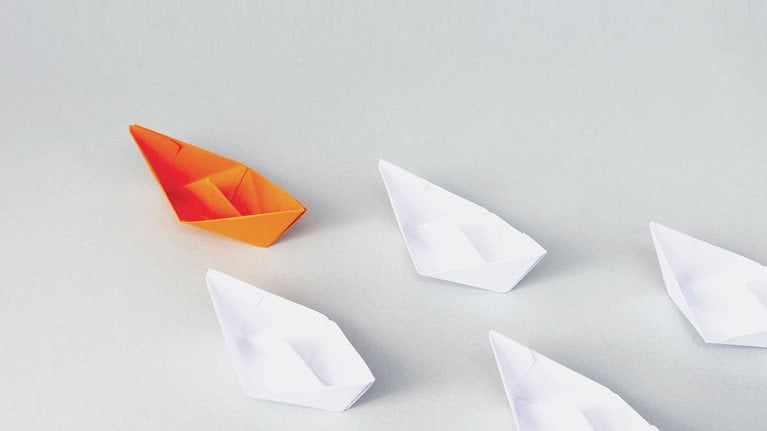In this interview, McKinsey’s Eric Hazan talks to Danone’s Francisco Camacho, Executive Vice President of Essential Dairy and Plant-Based, about fostering a growth mind-set. Danone is a French multinational food-products corporation based in Paris, with revenues of almost €25 billion in 2018. The following is an edited version of the interview.
How do you think about growth strategy?
In any given business, it always starts with strategy. Every time I come to a business, I take a look at it, no matter if it is big or small or medium, and then develop a clear set of strategies. That set of strategies will be focused on where you want to take the business. So you say, “I want to take the business to that place.” What are the strategies to reach that place or that objective?”
Any business will require very strong innovation, it will require very strong execution in the marketplace, and then, depending on the type of business, it’s likely that you will also consider geographic expansion or portfolio expansion, or other actions.
What are the challenges to growth?
That balance of short, mid, and long-term is always very delicate, and if you break it, then it takes a lot of effort to fix it and to put it back so that there’s a positive momentum. If the balance is not the right one, then you put the business in jeopardy.
There are other growth challenges when there is a difficult economy context. When the economic situation in a country is not good, it is always more challenging. And there is also the aspect of how the teams are behaving within that difficult context.
Another challenge to sustaining growth is when you have lost touch with your consumers or with what consumers want. In the type of businesses we’re in, it is always key to keep the consumer at the center of our decisions, at the center of what we do. It sounds like a cliché, but unfortunately it is often forgotten, and there are many other things that get in the way. We try to put things out there that are convenient for financial reasons, efficiency reasons, or manufacturing reasons, and many other reasons that we have as companies, and every now and then that means that we’re forgetting what consumers need and want. That also creates a challenging situation when it comes to growth. Keeping consumers very close, knowing exactly what they want, and giving it to them are key for a good sustainable growth strategy.

Growth leadership
How do you assess a team’s growth mind-set?
When I talk to teams, one of the first things that I try to understand is how they are feeling about their growth prospects. If someone comes to me and says, “We’re growing in line with the market or slightly above, and we’re getting share, and I feel comfortable with that,” but I know that the market share they have is not yet at the levels we could achieve, then I will always think that they are not necessarily being as aggressive in terms of growth potential as they could be, because there is always an additional growth lever that you could tap into to get more growth.
If, on the other hand, you have a market in which they already have a high penetration, very high market share, and they are constantly growing ahead of the market, then that’s a different thing, and you have to deal with that differently. So my approach is you always need to assess where the teams are in terms of their mentality regarding growth. If they are already thinking that it’s so difficult that they cannot do better than they have done historically, then you need to intervene and give them a better perspective in terms of what the possibilities are.
How do you implement the growth mind-set?
While I’d rather have stable growth than no growth at all, if you really want to reach the true potential of a business, you have to be leaping in terms of growth. The growth mentality is easier to achieve when individuals or the leaders of the organization have been exposed to situations in which a lot of things are thrown at them and they have had to adapt and to move fast and to do things that were not done in the past.
That’s the type of mentality that I try to get our teams to have, which is don’t think that a normal situation has to stay “normal” to deliver growth. It’s actually better if the situation is a bit different and you are constantly not happy with what you are achieving, so that you always strive to achieve a little bit more in terms of growth. That’s what I mean about mentality. When I look at what people do in markets in which the volatility is high—and anything can happen in any given year—the mind-set changes. And when you then put these types of people into a more stable market, it will be easier for them to challenge the norm.


